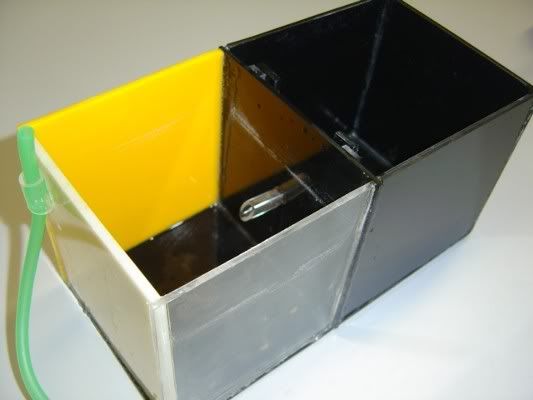RoscoPColtrane
New member
For those that have hatched baby brine shrimp, do you enrich or gut load them before feeding? Is there anything easy and cheap that I can use to accomplish this?
I'm also looking for a local source of eggs if you know of one... thanks for the help.
Mike
I'm also looking for a local source of eggs if you know of one... thanks for the help.
Mike

